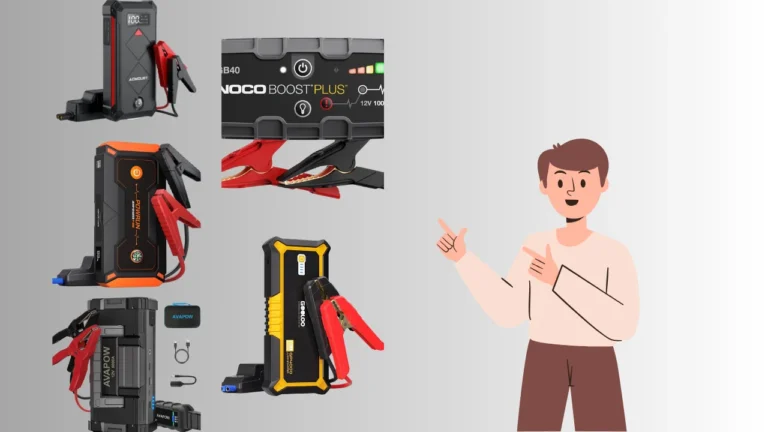Jump-starting a car might seem intimidating, but knowing how to jump start a automatic car can save you in a pinch. Over 200,000 car breakdowns each year are related to battery issues, so it’s smart to be prepared. Understanding this skill means you’re ready for any roadside surprises. Explore whether a hybrid can jump start a normal car to understand the possibilities.
Many of us have faced that nerve-wracking moment when the car won’t start, especially during the colder months when battery failures spike by 15%. With the right steps and a little practice, bringing your car back to life becomes much easier.
What signs indicate a battery needs replacement after jump-starting an automatic car?
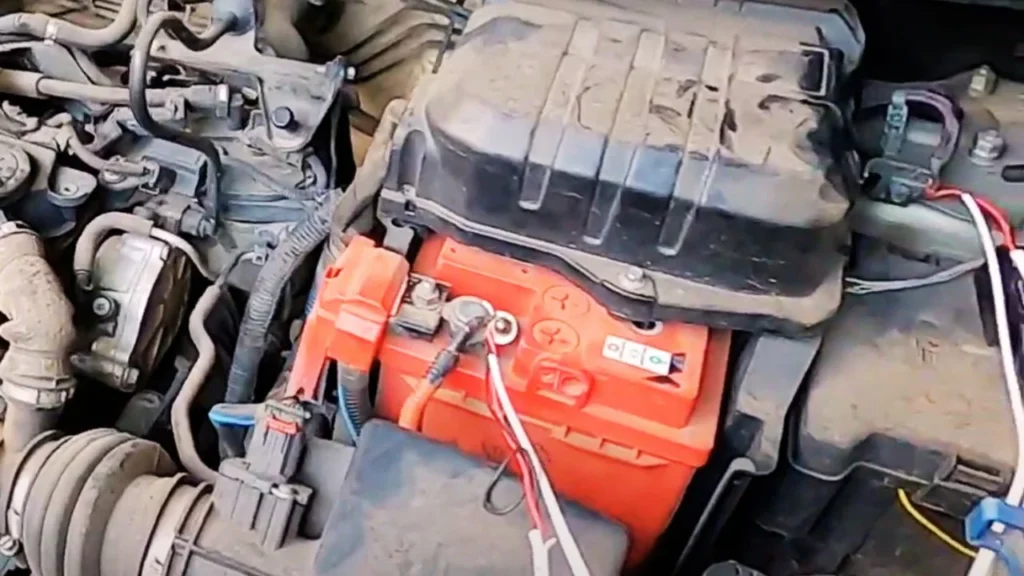
After jump-starting an automatic car, there are several signs that may indicate the battery needs replacement. If the car struggles to start again after being turned off, or if you notice dimming headlights and flickering dashboard lights, these could be red flags.
Additionally, a swollen or misshapen battery case may suggest internal damage. If your battery is more than three to five years old, it’s wise to have it tested. Finally, frequent jump-starting or electrical issues, such as malfunctioning power windows or locks, can signal that the battery is no longer holding a charge effectively and should be replaced.
Required Tools and Equipment
Having the right tools is crucial when jump-starting an automatic car. I always keep a set of quality jumper cables in my trunk. Look for cables that are at least 16 feet long to ensure you can comfortably reach the other car.
You’ll also need a functioning vehicle with a compatible battery. Ideally, the battery should have a similar voltage—most car batteries operate at 12 volts. This compatibility is key for a successful jump-start.
If you want to be extra prepared, consider investing in a portable jump starter. These compact devices can deliver a boost without needing another vehicle. Many models can start cars multiple times, often with built-in safety features. Follow our guide on how to jump start a car with portable battery for step-by-step instructions.
Step-by-Step Guide: How to Jump Start a Automatic Car
Jump-starting an automatic car can seem daunting, but it’s a straightforward process once you know the steps. In this guide, I’ll walk you through the essentials of jump-starting safely and efficiently. Let’s dive into the steps to get your vehicle up and running!
Step 1: Positioning the Vehicles
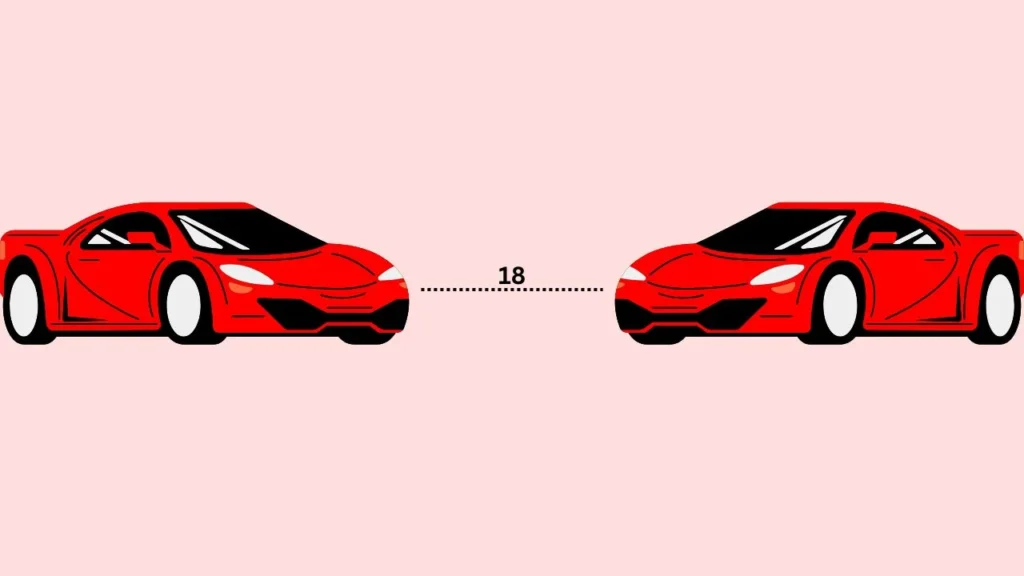
Park the vehicles close enough for the jumper cables to reach, ideally about 18 inches apart, but ensure they don’t touch. Make sure both vehicles are in Park (for automatics) or Neutral (for manuals), and engage the parking brakes. Turn off both engines and remove the keys to avoid any electrical mishaps.
Step 2: Connecting the Jumper Cables

Start by attaching one red clamp to the positive terminal of the dead battery. Next, connect the other red clamp to the positive terminal of the good battery.
Then, attach one black clamp to the negative terminal of the good battery and the last black clamp to an unpainted metal surface on the car with the dead battery, away from the battery itself.
Step 3: Starting the Vehicles

Now, start the engine of the vehicle with the good battery and let it run for a few minutes. Afterward, try starting the car with the dead battery. If it doesn’t start right away, give it a few more minutes and try again.
Step 4: Disconnecting the Jumper Cables
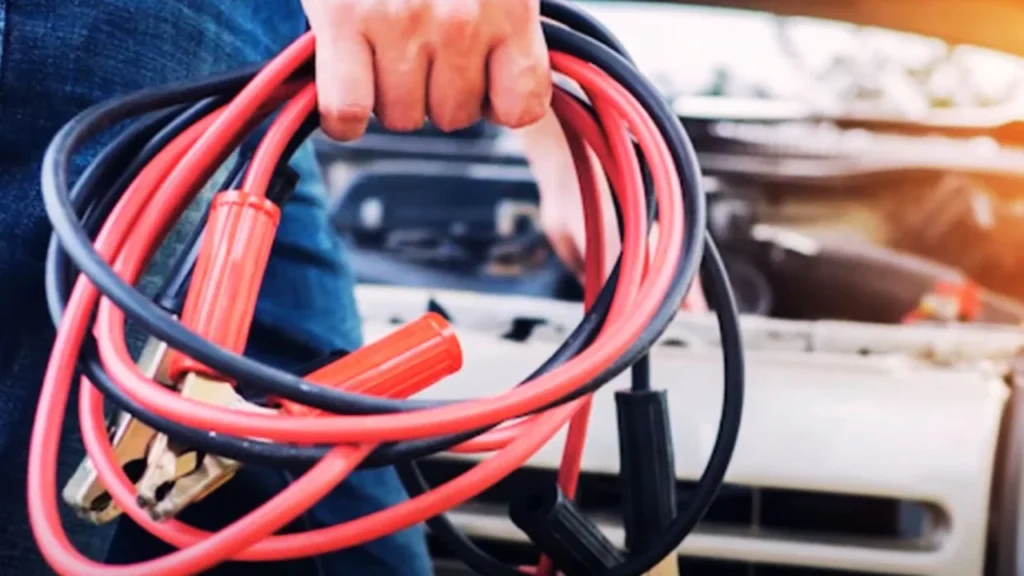
Once the car with the dead battery is running, it’s time to disconnect the jumper cables. Start by removing the black clamp from the unpainted metal surface, then disconnect the black clamp from the good battery. Next, take off the red clamp from the good battery and finally, disconnect the red clamp from the positive terminal of the previously dead battery.
Alternative Methods
Using a Portable Jump Starter
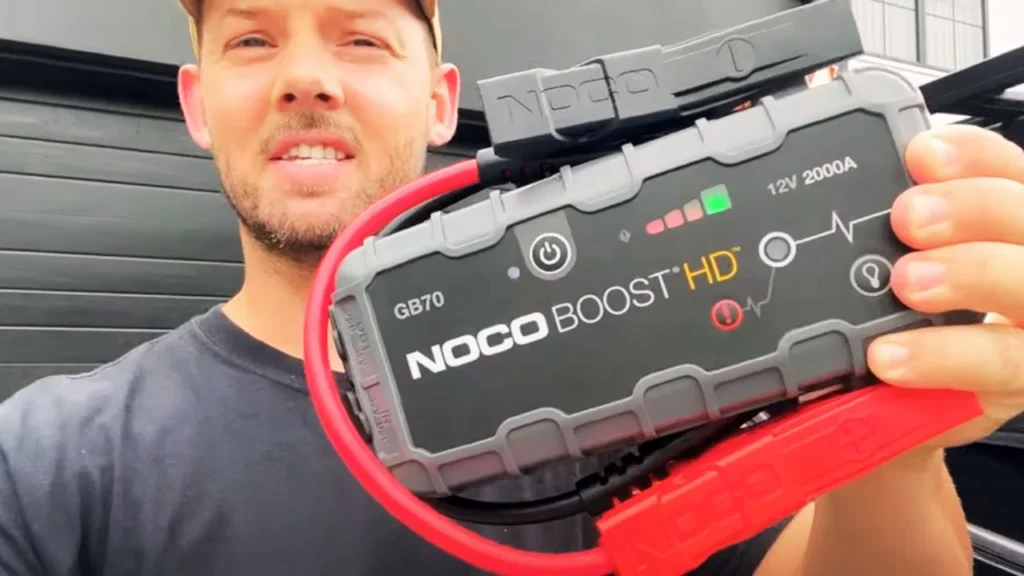
When I find myself in a situation where I need to jump-start my car, I often consider using a portable jump starter. These compact devices can deliver anywhere from 400 to 1,000 amps of power, making them a great alternative to traditional jumper cables.
How to Use a Portable Jump Starter
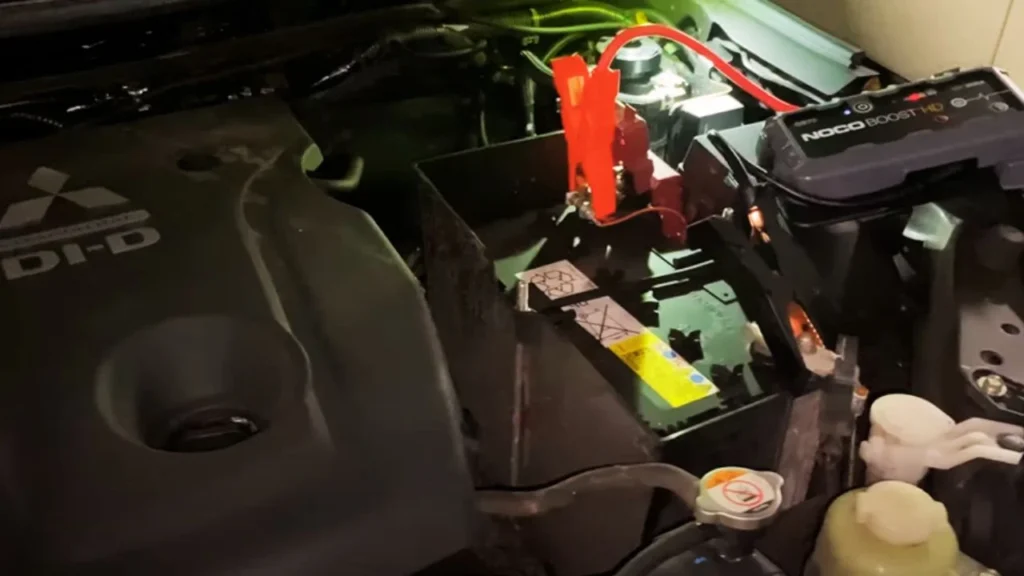
Using a portable jump starter is straightforward. First, I connect the positive clamp to the dead battery’s terminal and then attach the negative clamp to a ground point on the vehicle. It’s important to follow the specific instructions for my model to ensure safety and effectiveness.
Understanding Push-Starting Limitations
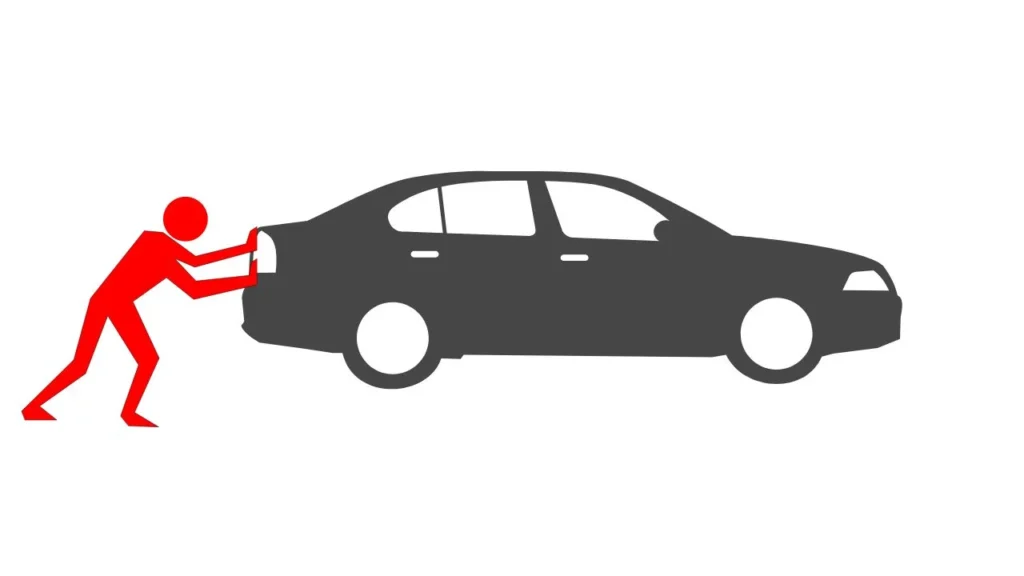
One thing I’ve learned is that push-starting a vehicle isn’t suitable for automatic transmissions. These cars rely on their starter motors, while manual vehicles can be rolled to generate the necessary momentum. Understanding this difference can save me a lot of frustration on the road. Learn if you can jump start a car with a bad alternator in our informative guide.
Post-Jump-Start Measures
After a successful jump-start, it’s important to take a few extra steps to ensure your car’s battery is healthy. By following these post-jump-start measures, I can help prevent future battery issues and keep my vehicle running smoothly.
Allow the Car to Run
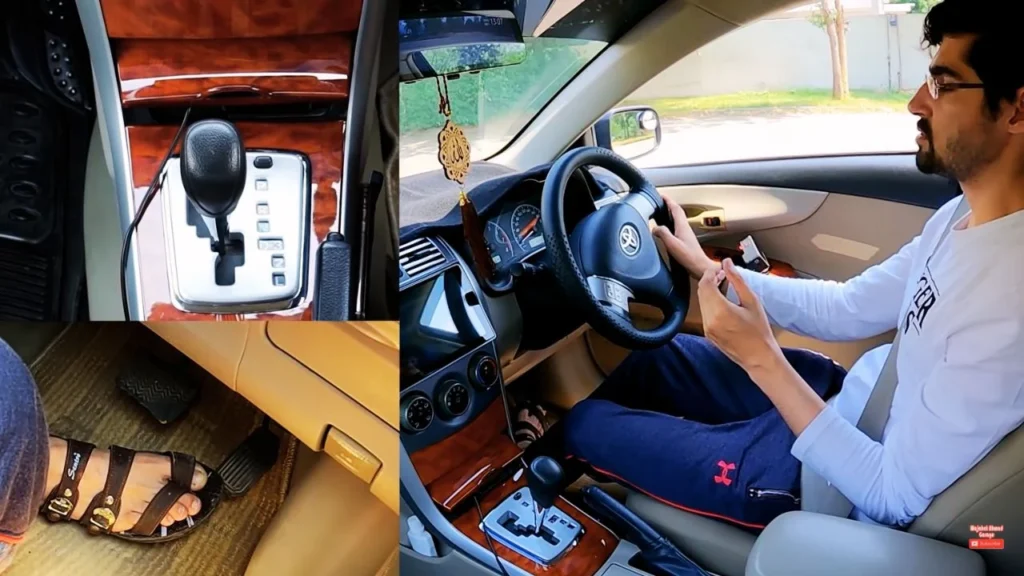
After successfully jump-starting my car, I always let it run for at least 20 minutes. This helps recharge the battery and ensures that it’s getting the power it needs. In fact, a fully charged battery can last about 4-5 years, so it’s crucial to keep it in good shape.
Monitor Dashboard Indicators

During this time, I make it a point to monitor the dashboard for any warning lights. If I see anything unusual, like the battery or check engine light, it’s a sign I should get a professional check. Regular maintenance can save me from bigger issues down the line.
Schedule a Professional Battery Check
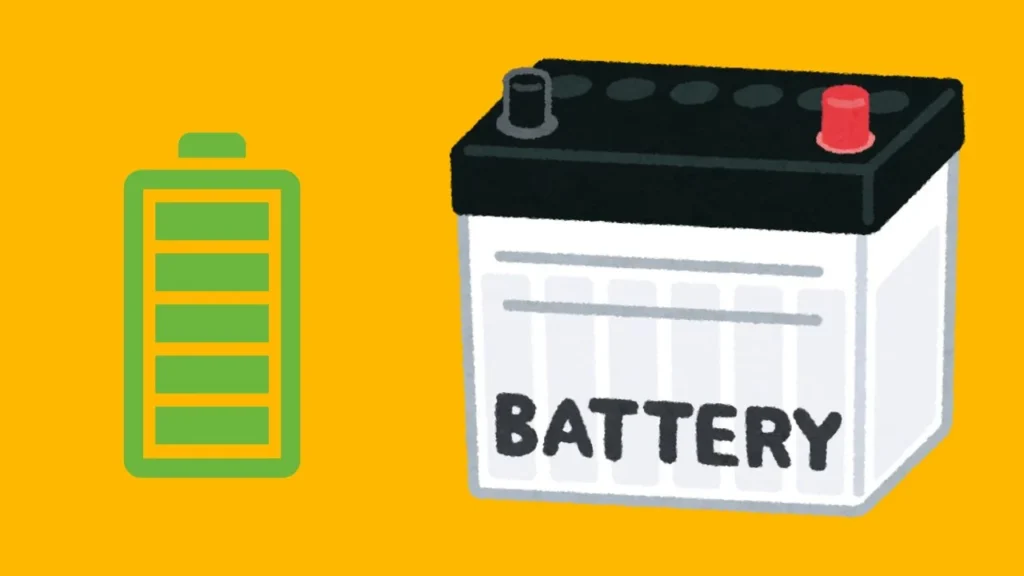
Additionally, I consider scheduling a professional battery check after a jump-start. Most garages offer battery health assessments, which typically cost around $20 to $50. This investment helps ensure that my car remains reliable and ready for any journey ahead.
Preventative Tips
Taking proactive measures can significantly extend the life of my car battery and prevent unexpected failures. Here are some simple yet effective tips I’ve learned to keep my battery in top condition.
Regular Inspections
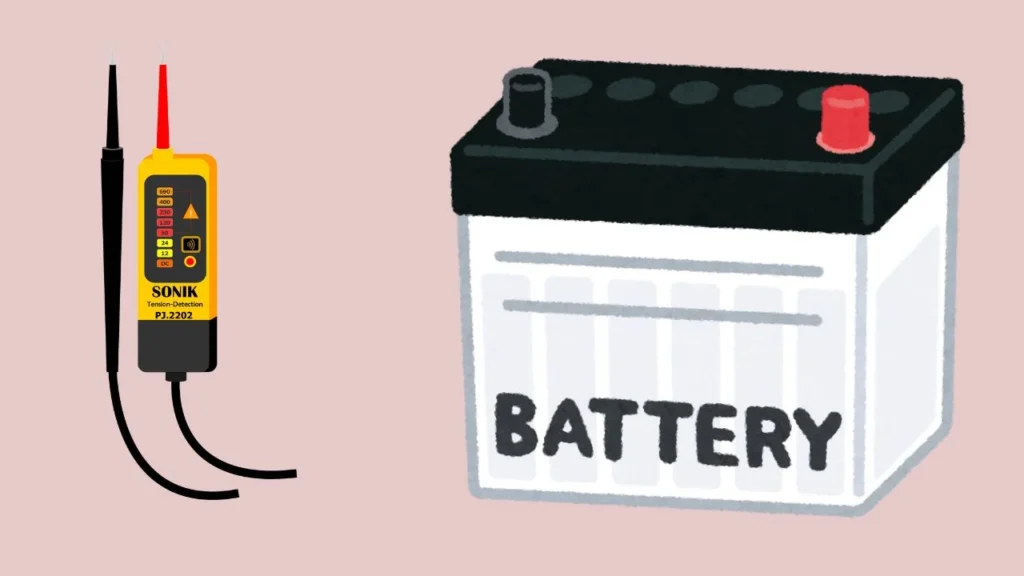
To keep my battery in top shape, I make it a habit to inspect it regularly. Experts recommend checking your battery every six months to catch any potential issues early. A little attention now can save me from being stranded later.
Mindful Use of Electronics
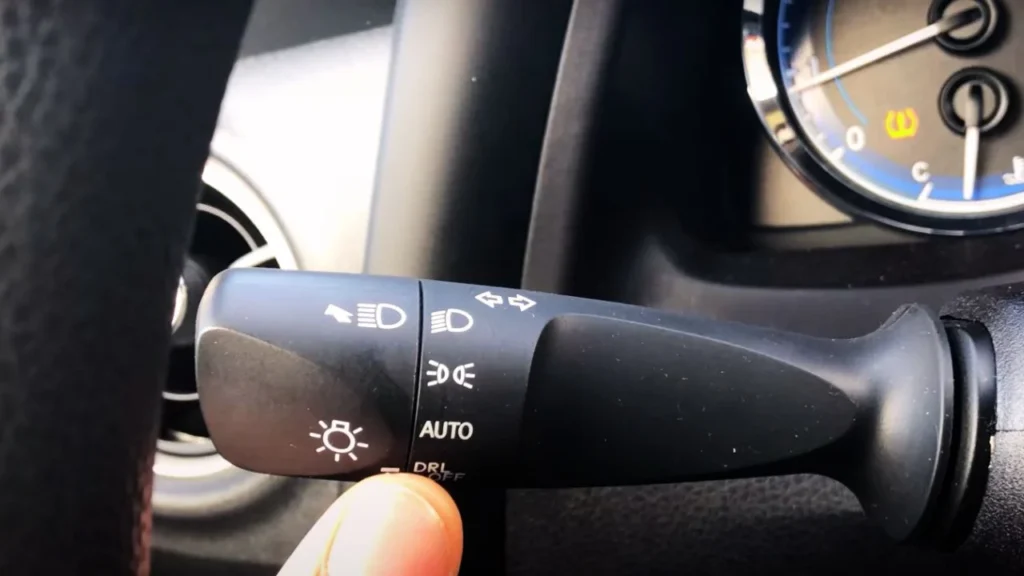
I also avoid leaving my lights or electronics on when the engine is off. Did you know that leaving headlights on can drain a car battery in as little as 30 minutes? It’s an easy mistake to make, but I’ve learned my lesson the hard way!
Invest in a Portable Jump Starter
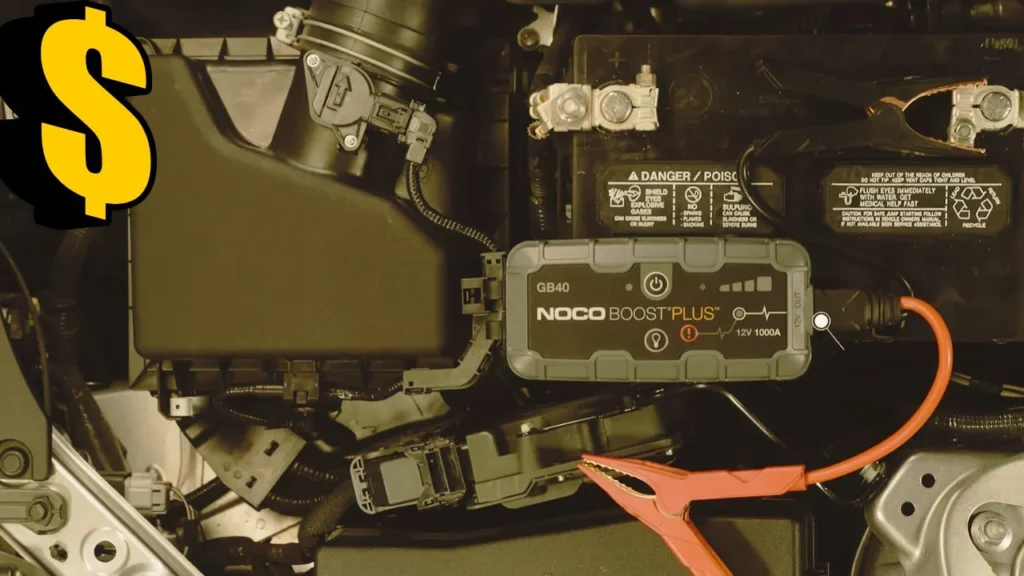
Investing in a portable jump starter is another smart move I’ve made. These handy devices can provide up to 1,500 amps of power, ensuring I can jump-start my car in emergencies. They’re compact, easy to use, and give me peace of mind when I’m on the road.
Battery Maintenance
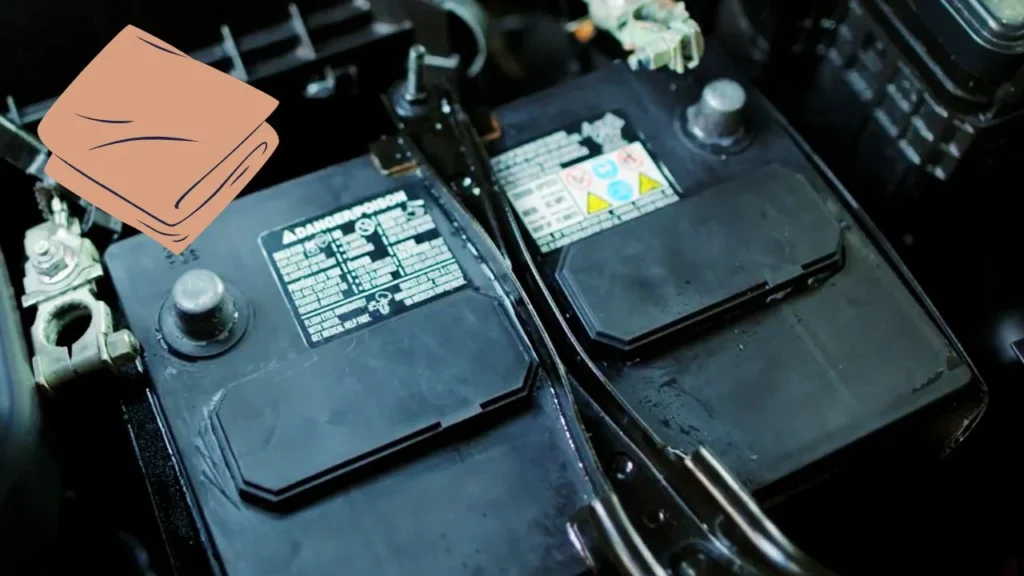
Regular battery maintenance is crucial, too. I check the battery terminals for corrosion and ensure they’re clean and tight. Keeping these connections in good shape can enhance battery performance and lifespan by 20% or more! Discover the top-rated portable car battery jump starter to keep your vehicle running smoothly.
Safety Guide for Jump-Starting an Automatic Car
When jump-starting an automatic car, safety should always be your top priority. Here’s a concise guide to ensure a safe and effective jump-starting process.
1. Wear Protective Gear: Before you begin, put on safety goggles and gloves. This will protect your eyes from any sparks and your hands from corrosive battery acid.

2. Position the Vehicles Correctly: Park the working vehicle close enough to the dead car so that the jumper cables can reach both batteries. Ensure that both vehicles are in Park (for automatics) or Neutral (for manuals), with parking brakes engaged. Turn off all electrical components, including headlights, radios, and air conditioning.
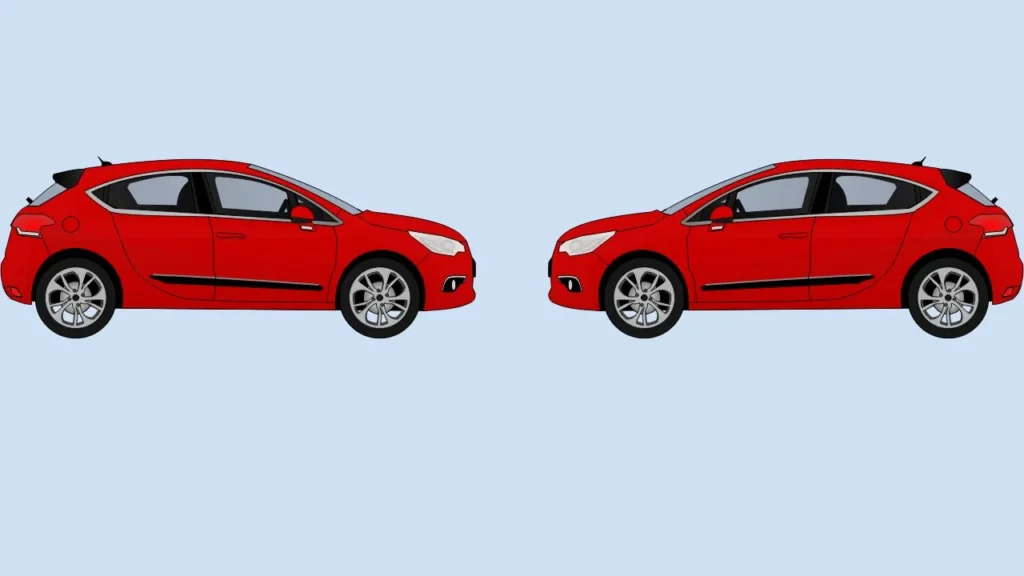
3. Inspect the Batteries: Before connecting cables, visually inspect both batteries for any signs of damage, corrosion, or leaks. If you see any cracks or leaks, do not attempt to jump-start the car, as this could be hazardous.
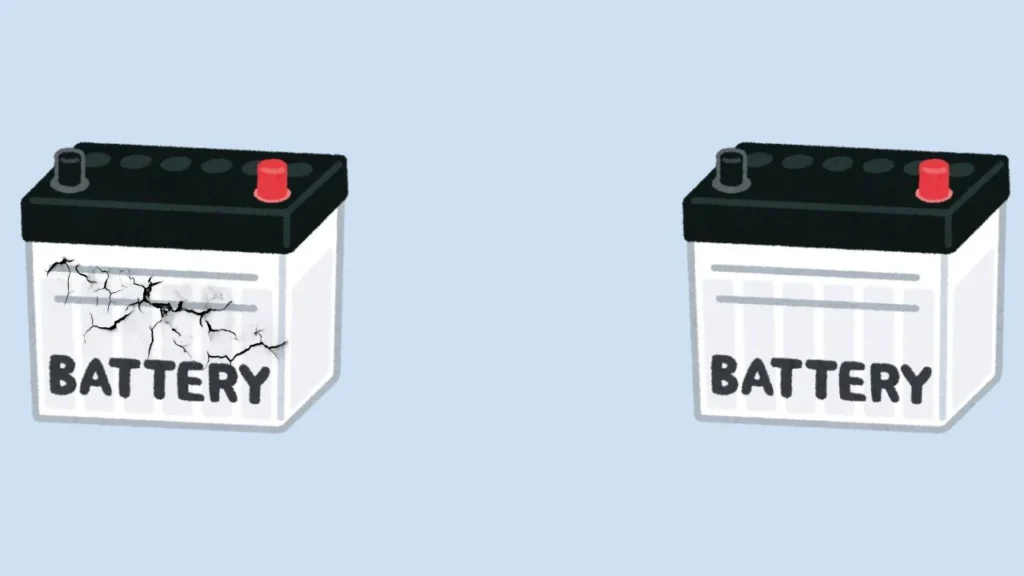
4. Follow Proper Cable Connections: Connect the jumper cables in the correct order: positive to positive, then negative to negative. For the negative terminal on the dead battery, connect it to a grounded metal surface away from the battery to prevent sparks near the battery.
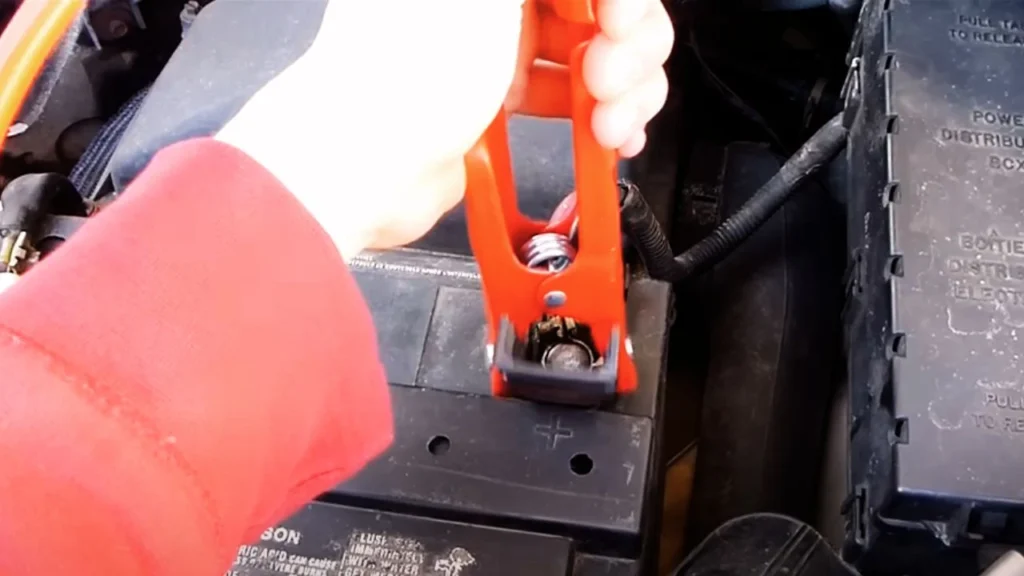
5. Monitor Your Surroundings: Ensure that no one is standing near the batteries while you’re jump-starting. Keep pets and children away from the area to avoid accidents.

6. Stay Calm: If the car doesn’t start after a few attempts, give it a break. Continuing to crank the engine could lead to overheating. If needed, consult a professional for further assistance. Following these safety tips will help ensure a smooth jump-starting experience. Check out the best compact jump starter for a powerful and portable solution.
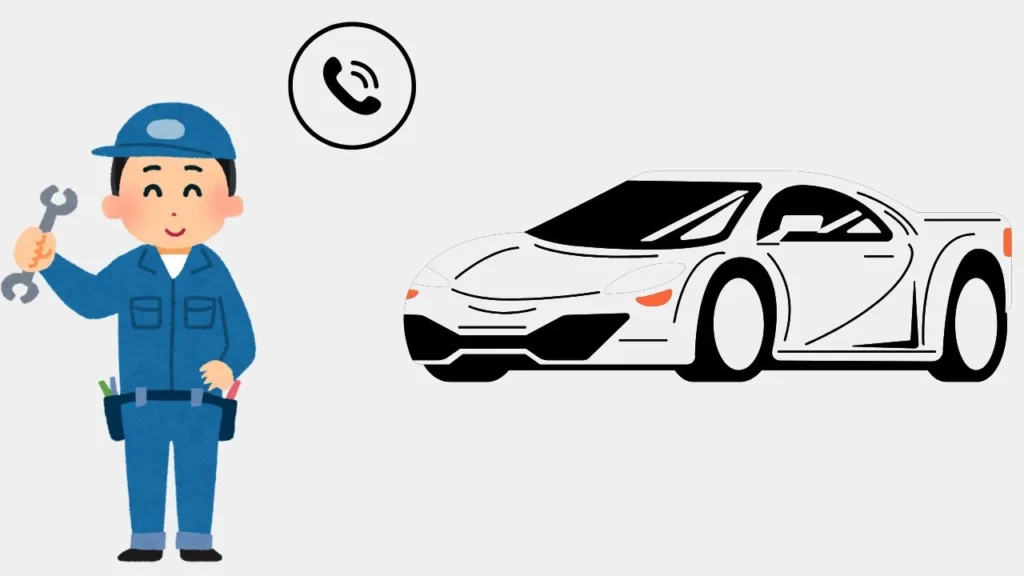
Final Words
Knowing how to jump start an automatic car is a vital skill every driver should possess. I remember the first time my battery died; I was grateful for the knowledge that helped me get back on the road quickly.
By following the proper steps, you can avoid potential mishaps, ensuring safety for yourself and others. Remember, practicing these techniques can make a difference during unexpected situations.
Ali is a tech enthusiast and automotive aficionado, passionate about sharing insights on the latest innovations and industry trends.

